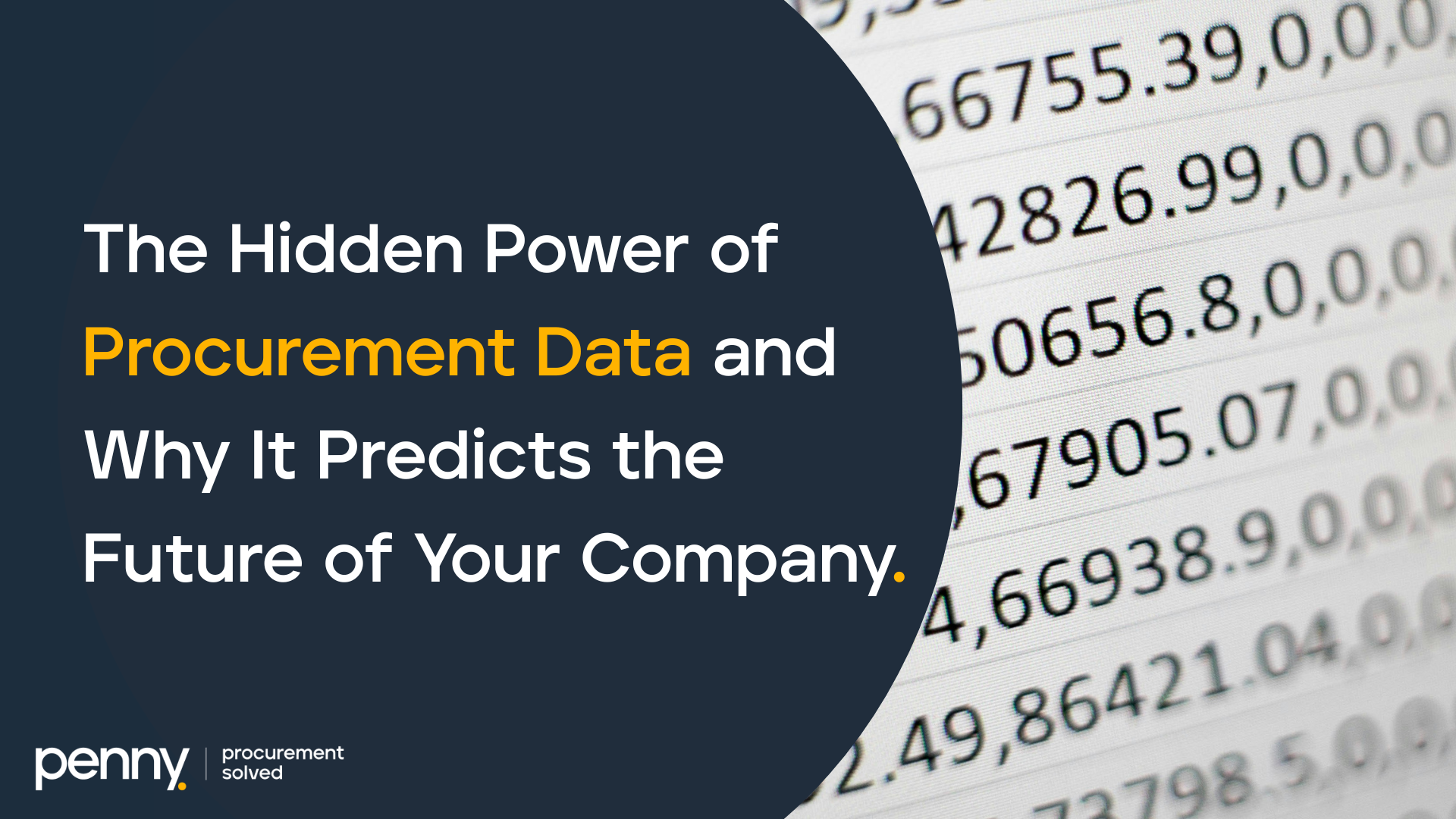
Most companies concentrate their energy on post-purchase savings. They negotiate discounts, push for supplier rebates, and try to optimize pricing after the money has already left the business.
This focus feels natural—savings look real when they appear on a contract or a supplier invoice.
But the truth fewer people talk about is this:
The most meaningful savings do not happen after the purchase. They happen before it.
Even more surprising, most organizations don’t realize how much money slips away before a purchase order is ever created. The biggest leaks happen quietly—long before procurement teams get involved and long before finance can influence the outcome.
When leaders finally understand this dynamic, everything changes. Processes improve. Speed increases. Financial control strengthens. And overall predictability rises far more than what traditional post-purchase strategies can deliver.
Below is the real reason why pre-purchase decisions have a greater impact on performance, spend, and governance.
1. The Most Expensive Decisions Happen at the Moment of Request
The moment an employee decides what they want to buy is often the most influential point in the entire procurement chain.
This moment sets:
- the vendor
- the quantity
- the category
- the specifications
- and the urgency
Once the request is submitted, the organization usually follows the chosen path without questioning the fundamentals.
If the vendor is wrong, the company pays more.
If the quantity is inaccurate, money and time are wasted.
If urgency is overstated, negotiation power disappears.
If the category is misclassified, financial visibility breaks.
And all of this happens before procurement even sees the request.
This is why leading organizations invest in pre-purchase visibility. They guide employees from the very first step using preferred vendor lists, catalogs, and real-time budget insights—long before a purchase order is born.
2. Post-Purchase Savings Focus on Cost. Pre-Purchase Decisions Shape Behavior.
Negotiating after a purchase order helps, but it only affects the final price. Pre-purchase work, however, shapes employee behavior—and behavior determines spending quality.
If employees request unnecessary items, no negotiation will save the company.
If teams create avoidable urgent orders, the business always pays a premium.
If suppliers are chosen for convenience rather than strategy, cost optimization becomes impossible.
The true power lies in shaping behavior at the request stage. This is why modern procurement teams focus on guided, intelligent, and structured request processes—not just contract optimization.
3. Accurate Forecasting Starts With Clear Pre-Purchase Processes
Finance teams struggle to forecast accurately when visibility starts only after the purchase.
The result is predictable:
- budgets turn into estimates
- cash flow becomes stressful
- reporting becomes reactive
But with structured pre-purchase data, everything becomes clearer.
Leaders can see:
- upcoming planned spend
- approved items not yet purchased
- seasonal demand patterns
- department-level spend behavior
This creates a foundation of accuracy. Risk drops. Control rises. Planning becomes proactive.
4. Compliance Cannot Exist Without Pre-Purchase Control
Many organizations believe they have strong compliance because they follow approval workflows. But if approvals only happen after the request is submitted, they are often just a rubber stamp.
Real compliance begins earlier. It requires:
- clarity on what can be purchased
- clarity on vendor selection
- clarity on budget ownership
- clarity on who must be involved before approval
When these elements are defined early, approvals become strategic—not administrative.
5. Most Spend Waste Comes From Uncontrolled Early Decisions
Across industries, the same pattern repeats. Wasted spend rarely comes from the final price; it comes from poor early decisions:
- unsupported requests
- wrong vendors
- duplicated orders
- unnecessary quantities
- poor planning
- lack of departmental coordination
These mistakes create a financial impact far greater than any negotiation can fix. This is why modern procurement leaders focus upstream—reinforcing the earliest stages of the process with clarity, guidance, and structure.
Conclusion
The future of procurement belongs to organizations that control the moment of request, not those that chase savings after the fact.
When pre-purchase decisions are structured, guided, and transparent:
- costs drop naturally
- budgets become reliable
- forecasting improves
- governance strengthens
- teams move faster with confidence
This is exactly what Penny Software empowers modern organizations to achieve. Penny brings clarity to the earliest stage of procurement, helping teams make the right decisions before committing to cost—through guided requests, preferred vendor visibility, budget insights, and fast approvals.
Shift the focus to the pre-purchase stage, and the impact is immediate, measurable, and transformative.

